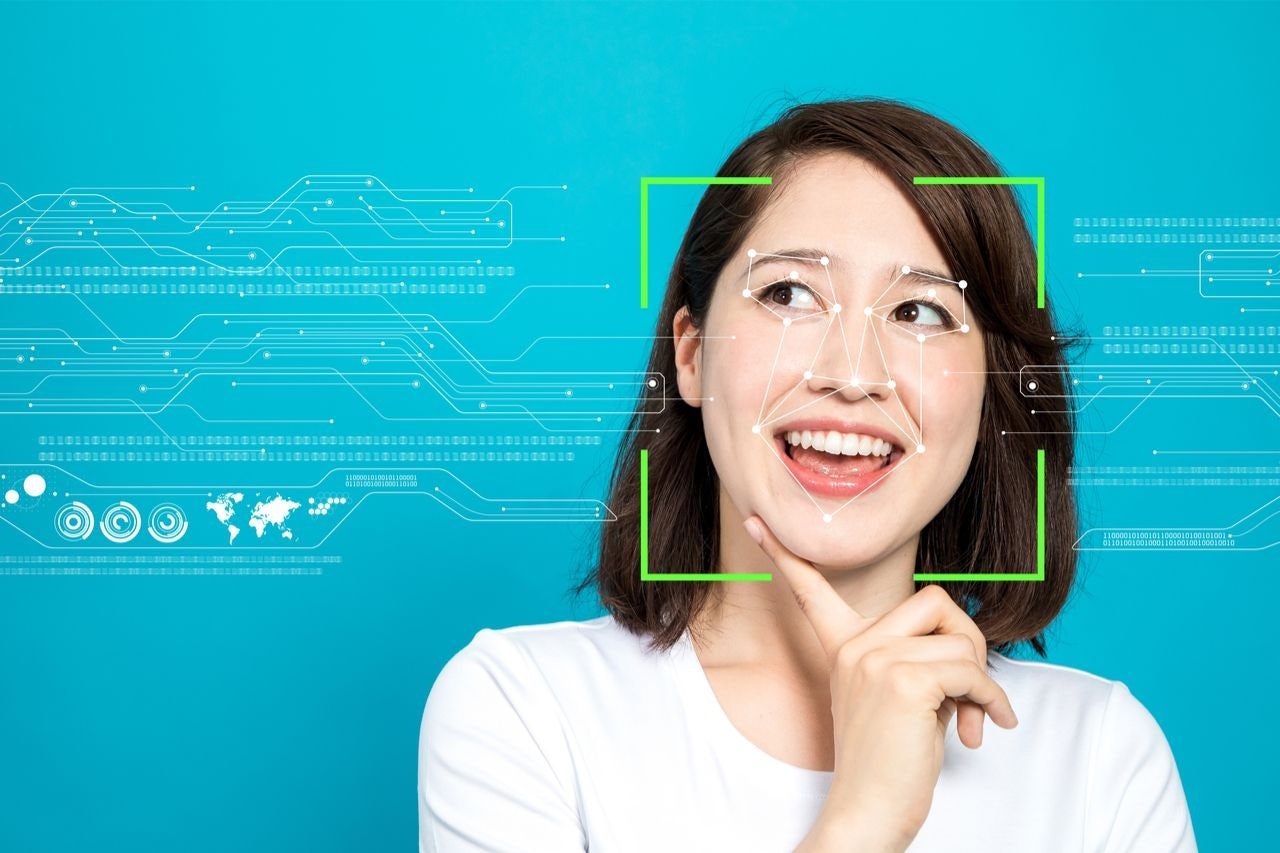For a recent project, I was asked to optimize store traffic for the flagship store of a leading luxury fashion brand in Asia. Given the exorbitant rent at this prime location and the high cost of running the place (personnel, maintenance, decoration, inventory, etc.), foot traffic and in-store sales weren’t high enough to make the flagship profitable. There were indications from the store that the majority of visitors and consumers who visited were over 40. In short, the store was lacking in millennials and younger Generation-Z consumers. This is typical for many luxury (and non-luxury) brands, so you’re probably familiar with the issue.
But what can be done? The classic approach is to question everything about the store itself — to consider a store redesign, switch out the merchandise, re-train the staff, or other possible options. The brand had a lot of hypotheses about their “youth traffic” problem, but the management team was unsure about the root cause and remedy.
I decided to address this challenge from a different angle: by using AI. The objective was to gain fundamental insights about how consumers see the brand instead of merely speculating about what they were thinking. As we all know, millennials and Gen-Zers are digital natives, particularly in China. Their lives are entirely digitally based, their conversations are online, and their first point of access to brands is via their phone. This even applies to ultra-luxury brands. That doesn’t mean that stores are pointless; stores are actually essential in helping customers experience a brand. They need to see and feel materials and try on clothes. And many seek the recommendations and suggestions they get from trained personnel. But the fundamental decision about which brand to choose is often made before a consumer even enters the store. That moment of truth is now almost entirely digital.
Therefore, trying to solve a store traffic issue — or any other brand challenge — without analyzing the digital conversations about the brand means that you’re ignoring consumers’ top decision-making platform. And this is exactly where AI becomes indispensable. What we did was a process all available data points about the brand, including those of all relevant competitors on social media, blogs, forums, and more. This means processing all conversations and mentions about the brand that were happening online on publicly accessible platforms. Then we used AI and machine learning to identify major relationships, interactions, and patterns about how the brand was seen online. This included filtering out anything that was non-relevant, for example when the brand was mentioned out of context (something that often happens when someone just hashtags a brand to get views but offers no real content). Given this huge amount of data, these processes need to be run in an automated way. And then finally, we used our expertise on luxury strategy to interpret this data and determine how to best solve the issue.
How does it work? We looked at the ratio of positive versus negative mentions, compared them with those of competitors, looked in to age-related conversations, and identified which content and which sources are driving conversations, leading to a precise map of how the brand was perceived by target group, regions, gender, age-clusters, buyers of the brand versus competitive buyers, and more. We also identified who the key influencers are, hence who are responsible for how the brand is perceived. This map allowed us to gain a precise, unbiased real-time view about the status of the brand within the competitive field including all major influencing factors. Then, once we had the full picture, we applied our proprietary deep luxury strategy insights (for example, our understanding of what drives consumers’ decisions for or against a purchase, including their willingness to pay).
What we found surprised not only me, but also the brand’s CEO and his entire leadership team. The issue the brand faced came from an origin that no one had even considered. It was caused by a specific strategy the brand used for years to help increase their revenue, but unfortunately, had enabled competitors — especially cheaper brands — to piggyback on the brand’s equity while also siphoning away consumers by redirecting conversations about the brand. In essence, the brand was digitally hijacked because of its actions, and the management was not aware of it. In our experience, this can happen to any brand!
We also found that the brand’s communication content on social media was not resonating enough with the target group, leading to a competitive disadvantage and poor results. These AI findings indicated that there was a significant opportunity to increase store traffic and revenue while reducing costs by changing the content and the frequency/timing of the brand’s communications. None of this would have come to light by using traditional market research or focusing only on the store in question. AI is a game changer, and its real power is unleashed by combining it with advanced luxury management insights and strategies.
Millennials are disrupting the status quo of brands, and Gen-Zers will only do it more as they age. AI-based luxury strategies are the only way to generate actionable insights in real time, yet few companies actually learn how to harness the power of the AI they have at their fingertips — particularly as it pertains to luxury brands. And in China, this is even harder, since a company’s AI technology has to be able to connect to Chinese social media platforms like WeChat.
AI works because it identifies real drivers or barriers to success — unbiased and in real-time — which reveals important insights and patterns. This powerful method of creating actionable insights and strategies offers the most exciting business acceleration opportunities today when applied in the right way. Our client’s dilemma shows how potent AI is when directed at down-to-earth business issues like store traffic improvement. That’s why there will be only two types of brands in the near future: luxury brands that don’t master AI and those that do. The former won’t be around for long.
Daniel Langer is CEO of the luxury, lifestyle and consumer brand strategy firm Équité. He consults some of the leading luxury brands in the world, is the author of several luxury management books, a regular keynote speaker, and holds management seminars in Europe, the USA, and Asia. Follow @drlanger



